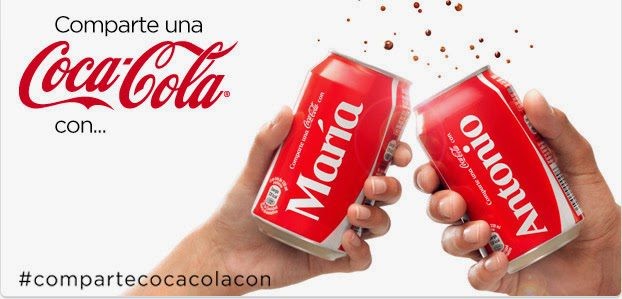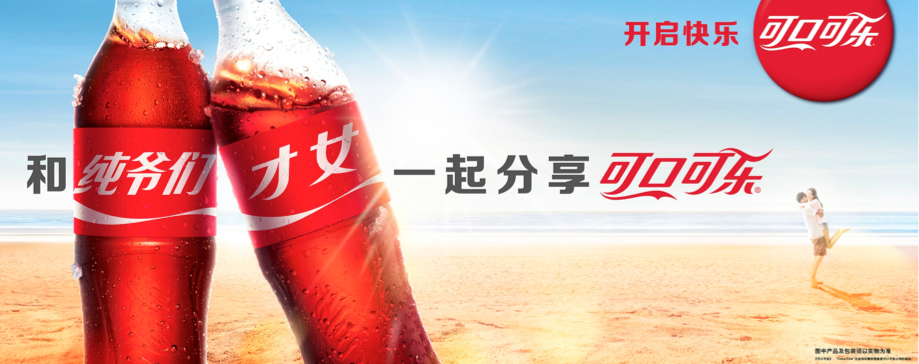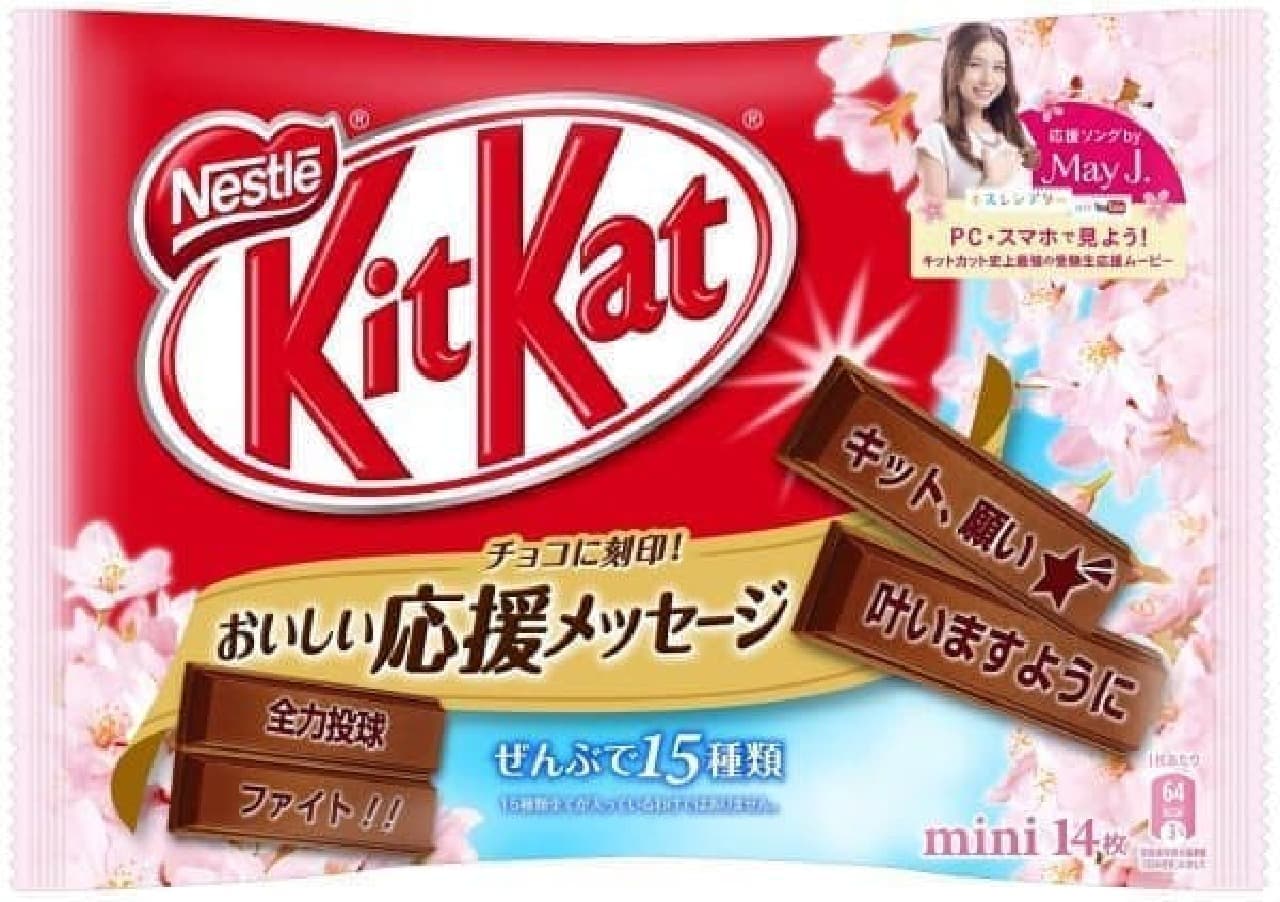Before we dive into some interesting localisation case studies of successful global brands, let us answer the glaring question – what exactly is localisation?
Localisation, also sometimes referred to as l10n in shorthand, is the process of adapting content so it is understandable and well received in different cultures and countries. Content in this context means text, products, or services.
You can think of localisation as the term at the very top of a flowchart that has many sub-branches coming down off of it. In other words, localisation nearly always includes some kind of translation, but translation does not always necessarily include localisation.
Depending on context, different degrees of localisation may be used. For example, a scientific text about how hydrogen cars function probably won’t require a great deal. This type of text is informative and straightforward, and so would mainly just need translation of words to be successful. Perhaps you might need to change kilometres to miles when localising from the US to the UK (better also check the spelling of locali(s/z)ation if that’s the case!), or adapt times to 24 hour clock formats instead of referring to a.m. and p.m. when working with certain European countries, but that’s sort of it.
On the other hand, something more visual like a marketing campaign will require much more thought to ensure that the desired effect is transferred to the new culture. Colours, fonts, images, cultural references, locations, idioms, vocabulary, nuances, feeling, and tone of voice all just some aspects that need to be matched perfectly and localised in the target audience’s culture. Cultural references and values must be respected so the product makes sense to the consumer – what makes sense in one culture might make no sense at all to another.
A simple example of this is the sport brand, Adidas, who have a separate Instagram account for each country and city in which they operate. They tailor images to the most popular local physical activities: Adidas LA features hiking trails, whereas Adidas Paris promotes skate parks. This appeals to local consumers as the content has been localised.
And so, here are five more examples that show how brands have successfully used localisation to ensure the best reception from their target market when expanding their name globally.
Coca-Cola
The fun marketing campaign from Coca-Cola, “Share a Coke with…” was originally seen in Australia in 2011. The first incarnation of this promotion involved printing the most common first names at the time on Coke bottle labels. This invited people to search for their personalised drinks in shops, and share a picture of themselves with their bottle on social media. This brought Coca-Cola much wanted attention. The campaign was effective in creating a personal relationship between the company and the consumer, and was released in 80 countries.

However, Coca-Cola had to shift the focus of this campaign away from first names when it was launched in China. As opposed to simply picking the first 300 most common names, first names in Chinese can be made up of two or three characters, in any order. With over 3000 characters in its writing system, this allows for… well, you can do the maths, but a lot of possible name combinations, and a lot of labels to print.
The solution? The localisation team decided to opt for relatable nicknames on the Chinese Coke bottles instead. These nicknames were trendy buzzwords at the time of the marketing campaign and words that were used frequently on social media with young people and between friends. Examples include things like “bestie”, “dreamy”, “sweetie”, and from left to right in the image below, “roommate”, “brother”, and “godly opponent”, meaning that someone is very good at what they do. The campaign inspired people to gift a bottle to someone else based on the label, and the campaign was a huge success thanks to these localisation efforts.

Netflix
We couldn’t write this blog without including the localisation expert that is Netflix. Their viewing data reveals that nine out of every ten people who watched the German TV series Dark lived outside of Germany. Similarly, the top shows watched by people in India are Narcos, Stranger Things, Black Mirror, and Chef’s Table. But what does this show?
This is a prime example of successful localisation. In allowing users worldwide to view subtitles in a language of their choice, or choose a dubbed version of a show or movie, they are able to capture the attention of a vast global audience and appeal to them in their own language.
Since the launch of their streaming platform in 2007, about 7.48 million subscribers has grown to what is today over 213 million from across the world. Let the numbers speak for themselves!
However, localisation doesn’t end with providing interlingual subtitles. Netflix have gone as far as localising the app navigation and user interface (UI) for different countries. Using a technique called Pseudo Localisation, they scale their UI to account for 25+ languages and writing scripts. The software assigns blank spaces after the standard English app text to account for an increase in characters that occurs when translating into other languages. They also programme in many different accents for each letter to account for other language alphabets.
Netflix’s localisation efforts seemed to have paid off, as now more than half of its subscribers are outside the United States.

Nike
As one of the world’s most famous sports brands, Nike chose to set up a national marketing campaign in the UK aimed at one specific group: young Londoners.
The “Nothing Beats a Londoner” commercial shows different London locals in Nike gear practicing different sports in their own home environment. Everyone is able to recognise themselves in the campaign due to the variety of different London zones and personalities.
This major marketing stunt resulted in a 93% increase in searches for Nike products in London, and a 54% increase in searches in the UK. Why? Previously, Nike targeted the masses in their campaigns and only featured famous athletes. By using everyday, ‘normal’ people and filming Nike’s products in ‘real’ London streets and sports locations, the commercial was a huge success in appealing to the target group: young people in the big city.
Nike is no stranger to using this localisation approach to attract consumers across the world. In 2013, they also launched the lion, tiger, and shark themed designer shoes specifically for its Chinese buyers. Each shoe paid homage to and represented the dominant style choices of Chinese youth in Beijing, Shanghai, and Guangzhou.
Nike’s globalisation strategy is centered around creating a sense of belonging for their consumers and they achieve this by understanding and portraying their cultural differences and needs.

Kit-Kat
Whilst we’re talking about successfully adapting flavours to local cuisine, another fantastic example of a brand who do this is McDonald’s. Depending on where you are in the world, this fast food chain offers region-specific menu items. The McDonald’s menu has been localised for many different countries, taking into account cultural favourites, religious requirements, and different people’s tastes. Certain menu items would only sell well in certain locations and the fast-food chain have tapped into this.

However, it’s not just this coincidental wordplay that has caused KitKat to be a success. If you live anywhere outside of Japan, you might have had the white chocolate version, the dark chocolate version…nothing too groundbreaking. But did you know that in Japan you will find over 300 unique flavours?
Japanese consumers prefer savoury tastes to sweet ones, so alongside finding flavours like melon, mango, strawberry, cookies & cream, and banana, you will also come across other flavours that might seem strange to some – baked potato, wasabi, rum and raisin, hot pepper, sea salt, melon and cheese, and miso soup to name just a few.
This modification to the chocolate bar was made to reflect Japanese cuisine and local tastes – it has clearly worked as sales are booming.
Delicious bonus example…
Whilst we’re talking about successfully adapting flavours to local cuisine, another fantastic example of a brand who do this is McDonald’s. Depending on where you are in the world, this fast food chain offers region-specific menu items. The McDonald’s menu has been localised for many different countries, taking into account cultural favourites, religious requirements, and different people’s tastes. Certain menu items would only sell well in certain locations and the fast-food chain have tapped into this.
Some examples include:
-
Japan’s Tsukimi burger (月見) contains a fried egg, which is said to resemble the full moon. Tsukimi, or Autumn moon viewing, is a popular custom in Japan. Limited edition seasonal burgers always sell well, and this is no exception.
-
You’ll find the McArabia in the UAE, which is a halal chicken in an Arabic flatbread. McDonald’s here have considered religious dietary requirements of in order to reach a wider audience with their food.
-
India offers a paneer burger, garnished with a spicy tandoori mayo. Paneer is a popular cheese used in Indian cooking so
-
For a limited time in Thailand, you could also find a coconut sticky rice pie – a crispy pie shell filled with the favourite Thai street food dessert.
Pokémon
Whilst we couldn’t possibly cover everything there is to know about video game localisation in a few paragraphs, it’s interesting to highlight a few things regarding the localisation of certain Pokémon games.
First of all, the sprites in the original Japanese versions of Pokémon Red and Green contained some rather saucy sprite work. Big-busted female characters were depicted in bikinis or with short skirts, and some of them even winked flirtatiously at the player as they interacted with them. When the games were localised for an American audience, it was deemed that these suggestive connotations in a family-friendly game like Pokémon were inappropriate, and so the sprites were redesigned.
Something else considered inappropriate for the Western audience was the concept of gambling. In the Japanese games, the player is able to bet in-game currency and play casino style roulette and slot machine games. There were also certain Pokémon trainers who were named “gamblers” who enjoyed these games. So as not to promote gambling to the Western audience and to children in particular, these slot games were removed. The name “gambler” was also renamed to be “gamer” so that the adult connotations weren’t present.
These five examples of localisation have covered a wide variety of issues. Whether it is providing multilingual subtitles for your customers, considering the physical spaces in which your audience live, or researching alternative packaging design connotations, all these factors blend together in localisation. Localisation really can be the difference between a brand’s sucess story and it’s not-so-success story.
If you’d like to find out about some brands who perhaps didn’t do so well in their localisation efforts, you can have a look at our “Mistranslation of the Day” posts over on our Instagram.




